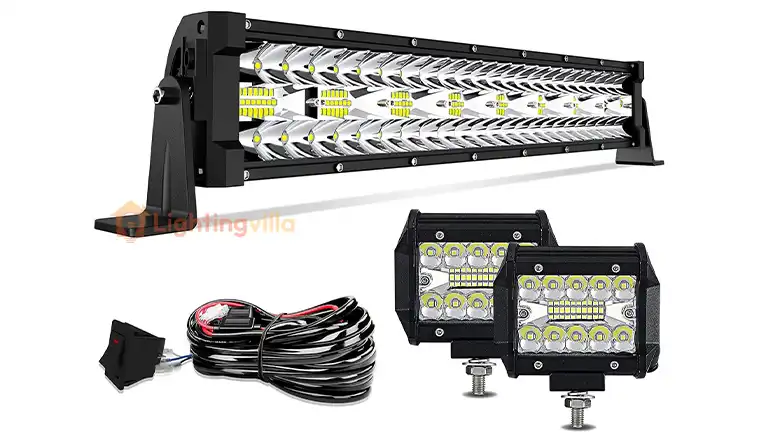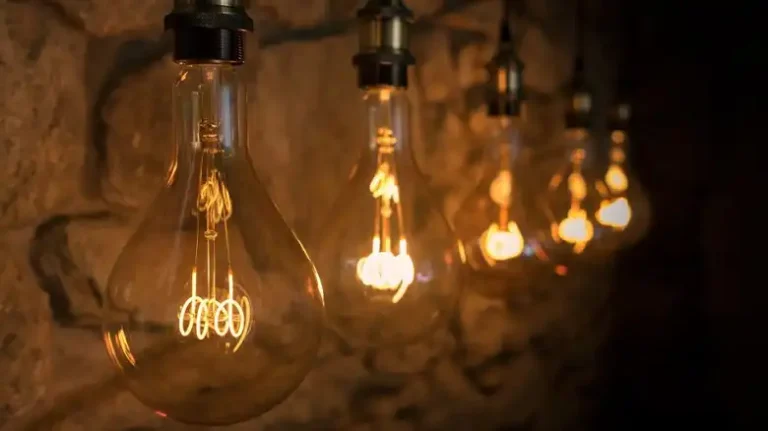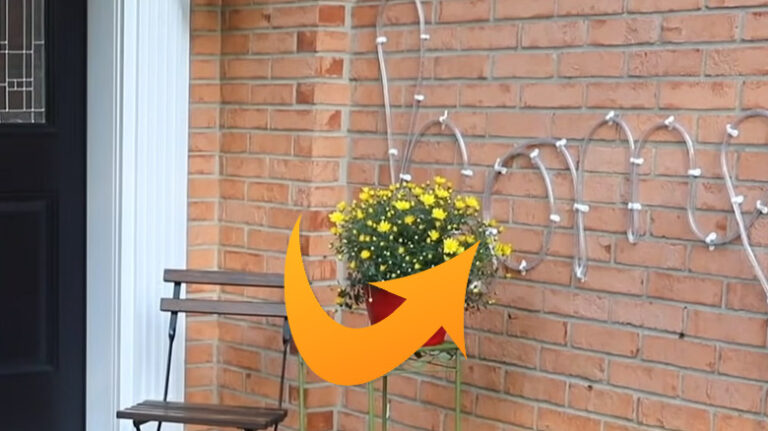What Gauge Wire for The Light Bar (LED Lighting)
Wiring can be tricky and complex sometimes. Therefore, we often call a professional to avoid any unwanted risks from the electrical system. In that case, the professional decides which gauge wire is needed for wiring a particular electrical device.
But with LED lights, the wiring shouldn’t be a headache. Any wire can be used for the light bar, posing minor complications. And that’s what creates confusion. As you can use any wire, you will feel bemused while choosing the perfect wire gauge and type.
In this article, we will alleviate your pain or search for the perfect wire gauge or type for a light bar. But first, let’s get started with some basics you must know.

Why Is Wire Gauge Important?
Wire gauge basically indicates the physical size and the amount of current the wire can carry through. The thicker the wire is, the smaller the gauge number. That’s why it’s essential to know which gauge wire you need to ensure an adequate flow of current through the wire.
For example, you used an 18-gauge wire for a washing machine that requires a high voltage of current. In that case, the circuit will burn due to the extra electrical pressure. And the wire will be damaged by an increased flow of current as it is incompatible with an increased flow of current.
So, while wiring your home’s electrical system, make sure to use the right gauge wire so that the current flow does not get interrupted due to the insufficient capacity of the wire and allow you to avoid any damage to the electrical system.
Types Of Wire to Choose From
There are different types of wire available for light bar use. But we will only talk about the main two types.
Solid Wire: This kind of wire is mainly preferred for its ease of maintenance while working. It has one solid conductor made of copper wrapped up with a plastic insulator. If you are an amateur dealing with wiring without prior experience, you better pick the solid wire. Because having one solid conduction inside the plastic insulation, it’s easier to manage.
Stranded Wire: This wire has multiple thin conductors wrapped inside plastic insulation. You will have to solder them together to stiffen up the bundle of conductors. This may not seem easy for anyone doing the wiring job the first time.
Required Wire Gauge for Light Bar
Talking about a light bar draws a very small amount of current. That’s why there is the flexibility of using any gauge wire you want. But to be on the safe side, you are recommended to use a 14–18-gauge wire with a solid core. We suggest a solid body because if you ever decide to take the wiring of your light bar job on your shoulder, remember that it’s always easier to work with solid core wire.
Basically, the wire gauge is selected based on the amp the device will draw from the power supply. The wire must be compatible with the required amp for the device. The ampacity of the electric machine and the wire gauge should be equivalent.
The table below shows the different wire ampacity against different wire gauge. This will help you choose the perfect wire gauge for any electrical input.
| SIZE | Ampacity |
| 12 Gauge | 30 |
| 14 Gauge | 25 |
| 16 Gauge | 18 |
| 18 Gauge | 16 |
| 20 Gauge | 11 |
| 22 Gauge | 7 |
| 24 Gauge | 3.5 |
| 26 Gauge | 2.2 |
What Should I Consider While Choosing the Wire Type for Light Bar?
Voltage Drop
Shorter the wire, the more excellent the resistance. When you are using a short wire, there will be less room for the electron to flow. In that case, the voltage will drop and change frequently. And when the voltage drops often, it will draw a current more than the expected ampacity. That’s why you must pick the correct wire gauge considering the voltage drop.
As the light bar draws less current, people use short and thin wires, expecting it to ensure the required flow of current. The capacity of bigger gauge wire might be compatible with the light bar ampacity. But due to the short length, it will be unable to tackle the voltage fluctuations. Thus, it can end up damaging both the circuit and the wire.
Wire Ampacity
Be cautious while choosing the wire gauge because it indicates the wire ampacity, which means the amount of current it can carry through at a time. If the electrical device’s ampacity doesn’t match that of the wire, the wire will heat up and melt the plastic insulator due to the pressure from the extra flow of current. Therefore, double-check the ampacity of the wire.
Frequently Asked Questions
How Do I Know What Gauge Wire to Use?
First, determine the number of amps the wire need to conduct. Then select the correct gauge that can carry the required amps of current at a time. Remember, the length of the wire may affect the wire gauge. Wire of smaller in length causes voltage drop and requires bigger gauge (smaller in gauge number) to tackle the extra flow of current generated by the fluctuations in voltage.
What Gauge Wire Should I Use For 12V?
To be very honest, 12V is a low-voltage circuit that is used by most batteries. So, if you want to attach a 12V circuit with a wire without any explanation, we recommend using a 16-gauge wire with 18 ampacities.
Can I use 24-gauge wire for LED lights?
Using a 24-gauge wire for LED’s is fine. But you have to remember that the wire is too thin. In that case, you can not use it for a longer distance. But if it’s a couple of meters from your LEDs, then there is nothing to worry about. It will just work fine.
Conclusion
Wiring for the light bar is not a big deal. It requires a tiny amount of current. That’s why any type of wire gauge is safe to use. But for maintaining a proper electrical system, a standard 14-18 wire gauge is recommended for the light bar. But don’t forget to pick the solid core. It’s easier to manage while wiring and gives you minor complexity.
In addition, make sure you consider voltage drop and wire ampacity while choosing the perfect wire gauge and type.

![Are Halogen Flood Lights Dimmable [Explained]](https://lightingvilla.com/wp-content/uploads/2023/01/Are-Halogen-Flood-Lights-Dimmable-768x431.jpg)




